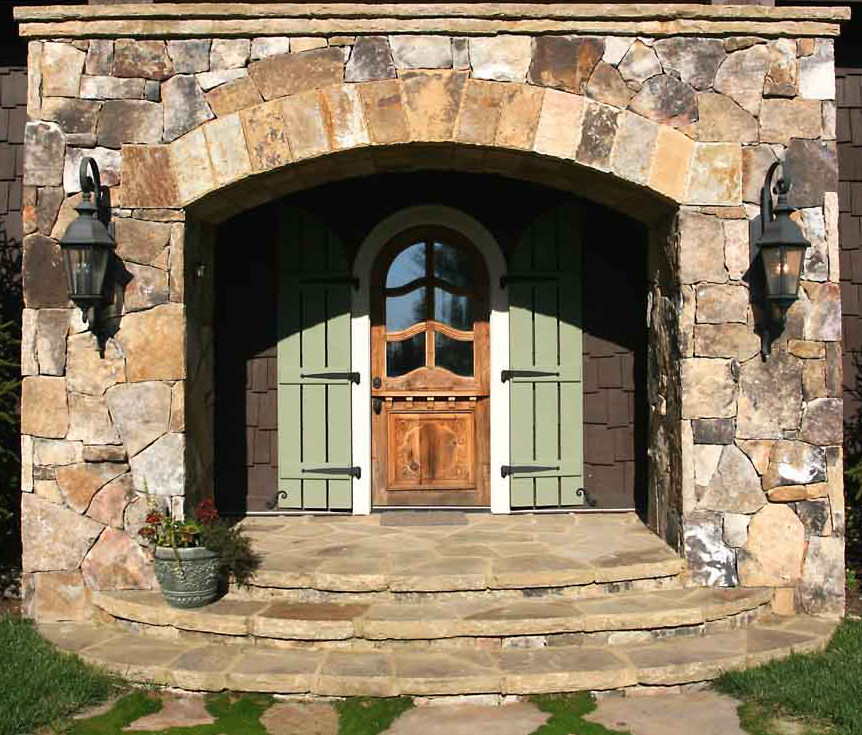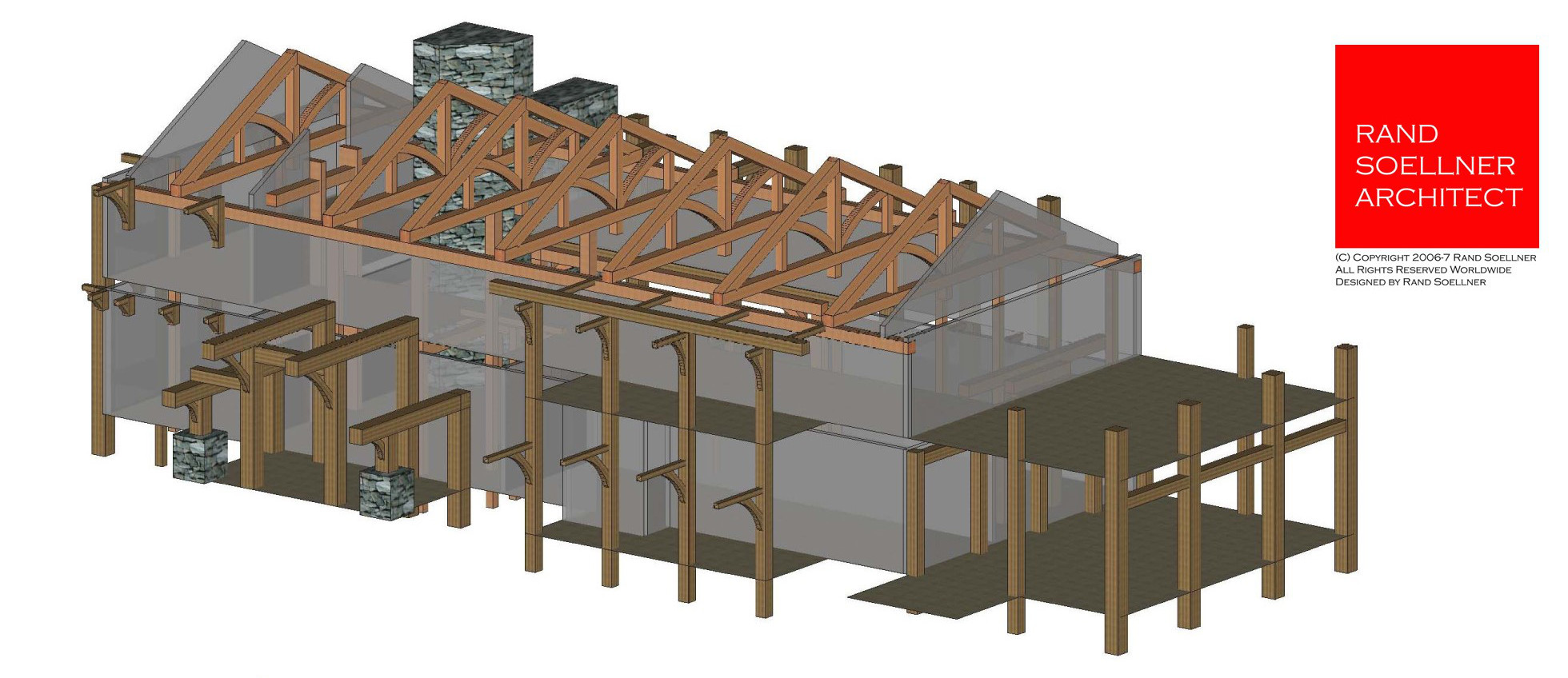How and why should trustworthiness and competence enter into the equation of who is designing houses for you and others?
Well, let’s think about that for a while: your house is where you live, including your spouse and other loved ones and where you all sleep, eat, celebrate life, recuperate and go through the decades, usually for 16 or more hours a day. And on weekends, even longer: perhaps 20 hours on Saturdays and Sundays. That’s perhaps 120 hours a week that you and your loved ones spend in and around your house. Out of the 168 hours a week, that is over 71%+/- of your time spent inside or around your house.

Click on the image above to see the Contact Us for for the Architect.
Doesn’t this sound like a very important place in your life? Where you spend most of your time, when measured over your lifespan from when you buy/design/build your house? Doesn’t this deserve to have some design attention? Shouldn’t the person designing your residence be a professional person, licensed to design architecture, and be competent and trustworthy? After all, the person designing your house is creating the place where you and your family will spend most of your lives.
And what are the qualities of a house designed by a competent & trustworthy professional?
Good question. Here are some answers:
Well-organized: both functionally and visually.
Durable.
Attractive.
Solves the problems presented by the desired lifestyles of the owners.
Efficiently uses space and materials.
Takes advantage of available views.
Allows natural light in to most spaces so that artificial lighting is not necessary during daylight hours.
Energy efficient.
Possibly allows for optional energy sources, if the owner wishes to pay for those features.
Provides privacy from neighbors and public exposures.
Allows the owner’s and guest vehicles to circulate and maneuver effectively.
Respects natural features.
Low carbon footprint on the planet.
Provides a healthy place in which to live.
Provides an inspiring place that lifts the spirits.
Arranges spaces in such a way that allows people to comfortably live and in which to enjoy themselves.
Socially organizes spaces in a manner that respects everyone’s privacy and desired lifestyle, visually and auditorily.
There are more, but this is a good start for the purposes of this article.

And just what qualifies a person to be a “professional?” As far as design of buildings and houses goes, there is only ONE professional who is licensed, trained and experienced to accomplish this very complex task: an Architect. No one else on the planet is licensed to do this. Professions are those occupations that are typically gained through the obtaining of a professional degree in a particular discipline, such as Medical Science (a “Doctor”), legal study (Attorneys), Architecture and similar courses of study, culminating in a professional degree (many architectural programs now designate the requirement of a Masters Degree in Architecture, which is what Rand Soellner, Architect obtained from a major university). And to further become a professional, you have to take a State- mandated test in your chosen profession, like passing the Bar (attorneys) and the A.R.E. (Architectural Registration Examination, as required by NCARB) for Architects. This is extremely difficult to do. Then you must file an application to become a licensed Architect to truly become a “professional” in the field of Architecture. Without these credentials, you are not technically a “professional.”
Wikipedia defines Professional as:
“A professional is someone who has completed formal education and training in one or more profession. The term also describes the standards of education and training that prepare members of the profession with the particular knowledge and skills necessary to perform the role of that profession. In addition, most professionals are subject to strict codes of conduct enshrining rigorous ethical and moral obligations. Professional standards of practice and ethics for a particular field are typically agreed upon and maintained through widely recognized professional associations [and state laws]. Some definitions of professional limit this term to those professions that serve some important aspect of public interest and the general good of society.”
In other words: to be a professional that designs houses and other buildings, you need to have an architectural degree from an NAAB (National Architectural Accrediting Board) university, and the strict codes of conduct mainly come from the States in which the Architects are licensed, hence you need to be licensed as an Architect, and typically this qualifies you to become a member of a recognized professional association, such as ArCH (Architects Creating Homes, which only allows licensed Architects to be members) and the AIA (American Institute of Architects), although membership in such associations is not required, but allowed.

Okay, now that we know that an ARCHITECT is the only professional who is adequately and properly trained to design houses and buildings, being an Architect carries with it a certain degree of competence and trustworthiness. Why? Because of what it takes to become an Architect and remain an Architect in our society in America. You must be of the highest caliber of individual earnestly seeking to help your clients have the best project possible and have an even hand at resolving situations during a project. You must adhere to the law and maintain quality document production, making sure the public’s Health, Safety & Welfare is always respected. These are just some of the reasons Architect deserve the labels; Trustworthy and Competent. You also have to maintain your education with yearly CEUs (Continuing Education Units), which are courses of study addressing the latest in technology and products for architectural work.
And what does a professional Architect do and how to they act during the creation of a new house project for you? They do the right thing. Always. If there is a code issue or building department requirement or site planning or permitting situation in which they are involved; they solve the problem and discuss the issues with those authorities, as required to take care of you, to the extent that they are involved in those circumstances per their agreement with you.
When you might demand something that the Architect knows is not in your best interests or that might even be illegal, it might be politically expedient to agree with you and do something that the Architect knows is wrong and dangerous. That is why an Architect won’t agree to such things. The Architect will do what is right for you and others, even if it may be temporarily unpopular, like producing more detailed documents when the interested Contractor indicates he just wanted floor plans and elevations. That isn’t a proper thing to do. The Architect is the bastion of competence and trustworthiness: he must do and is legally required to do the right thing that is in the client’s and public’s Health, Safety & Welfare. Ultimately, most clients understand that the course of action followed by a licensed professional, the Architect, results in a better, safer and more durable project for them and future occupants. And most architect-designed residences consume less energy and are better able to resist storms. It doesn’t take a genius to realize that the devastation wrought by storms like Hurricane Katrina, Sandy, Andrew and others occurs where houses are weaker. Architect designed houses are stronger and can better resist such onslaughts.
Competence and trustworthiness: the Architect.
Other public & professional resources with similar information may be found at:
WikiHow (How to Read an Architect’s Drawings).
ArCH: Architects Creating Homes: How to Read Architect’s Documents.
Contractor: Regarding having detailed construction documents: Koenig HomeBuilders.
Army: Army- Reading Blueprints
Home Architects: Precision Design Documents. This online article features quotes from multiple quality licensed Genral Contractors who prefer detailed Construction Documents.
